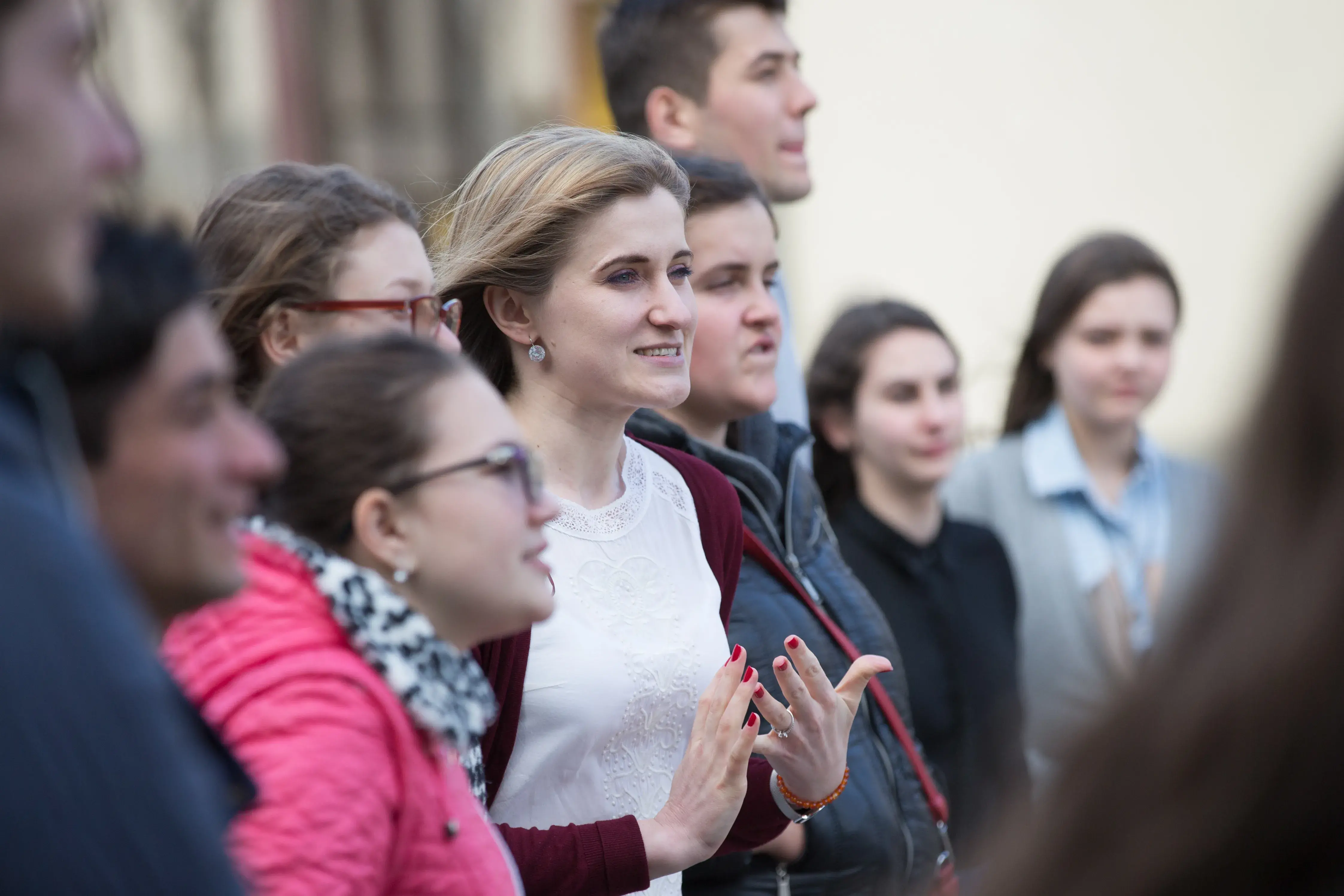Chisinau – “My biggest dream is to be healthy, to have a successful career and to have a family”, says Alexandrina, a 16 years old girl from Helesteni, Nisporeni.
The dream of Alexandrina is similar to the dreams of hundreds and thousands other teenage girls in Moldova, where young people represent a quarter of the population.
Yet, many girls feel that they have to overcome more obstacles than the boys do in order to achieve their dreams. They also feel less optimistic about finding a stable and well paid job compared with their male counterparts.
“I feel that if I were a boy, I would have had more possibilities to find a stable and better employment”, says Amina, who is 14 and believes that she needs to be very ambitious in this regard.
“In order to achieve my dream I have to make many efforts. That means that I have to have a lot of ambition and to be really confident in what I am willing to achieve, since in Moldova the women are more engaged in housekeeping and taking care of the children, while the men are expected to gain money for the family”, explains Alexandrina.
Youth unemployment in Moldova is three times higher (7.12%) than the unemployment among adults (2.95%). Young people often resort to leaving the country in search for better employment prospects.
To realise their dreams, young people have to be healthy, to have access to quality health services and information.
As the data show, adolescent boys and girls are often exposed to risky behaviours and have limited knowledge and access to quality healthcare services, including sexual and reproductive health. Only about one third of young people, aged 15 to 24, have comprehensive knowledge about HIV . The rate of adolescent pregnancies is two times higher in Moldova compared to European countries .
There are several causes for this statistics. Firstly, young people in Moldova are often left alone to deal with these challenges. According to some estimates, about 100,000 children in the country have been left behind by migrant parents. Secondly, though the Law on Reproductive Health, adopted in 2012, foresees it, the sexuality education is not taught in school in Moldova.
In order to reverse this situation, we must focus and stand up for human rights, especially of the most vulnerable and marginalized adolescent girls and boys.
‘We have to offer the access to quality education, we have to make many efforts in order to ensure that the teenage girls can become business-women one day, and why not - mothers. What we invest is what we will have,’ one resident of Moldova’s capital city, Chisinau, told UNFPA.

This is why young people, especially adolescent girls, are at the heart of our work at UNFPA, the United Nations Population Fund, in Moldova. Working with a multitude of partners, in particular young people themselves, UNFPA is advocating policies and programmes that invest in adolescents and youth and foster a positive environment for them, promoting their access to comprehensive sexuality education as well as quality sexual and reproductive health services, including family planning, and facilitating their leadership and participation. We have to invest in young people, especially in teenage girls, in ways that empower them to make important life decisions and equip them to one day become financially independent and earn a decent living, engage in the affairs of their communities and be confident of their future in their home country.



